Mary Shelley (2017)
Directed by: Haifaa Al-Mansour
Written by: Emma Jensen, Haifaa Al-Mansour
Starring: Douglas Booth, Elle Fanning, Maisie Williams, Tom Sturridge
UK/ Luxembourg/ USA
IN SELECTED CINEMAS NOW
RUNNING TIME: 120 mins
REVIEWED BY: Dr Lenera, Official HCF Critic
Mary’s mother, the feminist writer Mary Wollstonecraft, dies soon after her birth, and she’s raised by bookshop owner and publisher William Godwin. She spends much of her time turning her imagination into private stories until the day she’s swept off her feet by the dashing poet Percy Shelley. However, it turns out that Percy is already married with a child, and when Mary becomes pregnant, scandal follows and they are cut off by their families. Then she’s challenged by the decadent poet Lord Byron to write a ghost story….
It’s certainly not the best written of novels, Bram Stoker’s Dracula being in some ways distinctly superior and certainly more frightening. Yet Mary Shelley’s Frankenstein; Or The Modern Prometheus remains a powerful and very moving read which probably strikes a chord with anyone who has felt like an outcast, and it’s easy to see why it’s been adapted so many times. The story of the means of its creation and the life of its author ought to make a good film, though Mary Shelley isn’t really that film. Om the surface it’s okay: it looks pretty, most of the performances are solid, and it doesn’t invent much. On the other though, it never gets really to grips with things, adopting a very restrained, civilised approach that may please the type of folk who go to see costume dramas and not much else at the cinema but which is at odds with the material and some of its characters, and the actual writing of the book is given short shrift, largely because, as is the trend these days, it prefers to shove feminist messaging down your throat. And, while as I said that it doesn’t deviate from the facts much, it sure omits quite a lot of details, seemingly so it can keep a ‘PG-13’/’12A’ rating – which is just plain wrong if you know anything about these people.
The film opens with onscreen text quoting a passage from Frankenstein. Then, set to heavenly choir warbles, Elle Fanning narrates Mary’s internalised words as the young girl reads to herself in a picturesque graveyard. Thunder peals overhead and Mary pointlessly looks up to confirm that a storm is indeed in the sky before rushing off through a fog-shrouded forest toward home and into a typical Victorian London street set. It’s a beginning full of such obvious symbolism that I hardly need to describe it. As we get into Mary’s childhood, the film already begins to exhibit one of the main flaws of modern period drama [indeed modern drama full stop], especially for TV – its tendency to rush through stuff, with many scenes cut to the bone presumably so that today’s viewers won’t be tempted to look at their phones after ten minutes, but weakening the sense of time, place and character, plus the fact that life back then was actually lived much more slowly. There’s a very good scene where Mary’s father and stepmother receive a visit because they’re behind with their rent, and Mary comforts her brother and sister by scaring them with a ghost story. But the various untimely deaths that would plague the younger Mary in particular have little effect because they’re given such short shrift and one of the later ones isn’t even mentioned at all despite its importance.
The fact that the film can’t wait to get to the love affair between Mary and Percy could have been forgivable if it convinced. But Elle Fanning and Douglas Booth both totally fail to transmit the sexual passion their two characters instantly feel for each other. Fanning is fine elsewhere, really making the viewer feel Mary’s sense of entrapment in a man’s world and her intelligence, while Booth has a good stab at the part of the Bohemian poet though is saddled with having to deliver some of the real Percy Shelley’s poem lines as actual dialogue as a kind of greatest hits package.. Yes, you heard that right. It’s one of several badly misjudged devices in this film, another one of which is the odd and unintentionally amusing way it decides to show a few of the dramatic high points, a good example being when Mary tells Percy that she’s pregnant with his child. It occurs in a park, and the camera then pans a few meters away to show Percy’s angry wife, who just happens to be in the same park at the same time. Economy of storytelling is one thing, but stupidity is another.
Percy soon shacks up with Mary despite being officially married, and expresses surprise when Mary spurns one of his friend’s crude sexual advances. After all, he believes in free love, and even has a fling with Mary’s younger half-sister Claire Clairmont – well, he seems to, but the script is so evasive on this and some other events that it’s hard to tell. It’s much like watching a film made in the 1940’s or 1950’s, and one can forgive movies from those decades for being that way because censorship was so tight. Here, it’s as if screenwriter Emma Jensen and director Haifaa Al-Mansour – who also did some work on the screenplay – are just afraid to offend Jane Austen fans. The most fascinating couple in the movie soon turns out to be Bel Powley as Claire Clairmont Mary’s younger half-sister, and Tom Sturridge’s Lord Byron who’s a terrific study in narcissism, foppery and cruelty. One almost feels like crying out: “It’s alive!!” Universal movie Frankenstein-style when he turns up to enliven things – though the film ignores his bisexuality except for one moment where he greets Percy by publicly giving him a good snog. Since this important aspect of the character isn’t mentioned anywhere else, the scene on its own seems gratuitous. Jensen and Al-Mansour seem to absurdly restrain themselves throughout. Soon Claire also has a bun in the oven, and the foursome abscond to the Villa Diodati near Lake Geneva where they’re joined by Byron’s physician Dr John William Polidori. It’s here, of course, where Frankenstein is born when Byron suggests that they all write a ghost story, though neither Jensen and Al-Mansour seem particularly interested in its birth except to show Mary being inspired by a magician’s act of a frog being electronically being brought to life and having her famous nightmare [“I saw the pale student of unhallowed arts kneeling beside the thing he had put together. I saw the hideous phantasm of a man stretched out, and then, on the working of some powerful engine, show signs of life, and stir with an uneasy, half vital motion.”] actually being about Polidori [who oddly enough was the only other one of the group to complete their story]. There’s little sense of the joy of creation.
But then Jensen and Al-Mansour are mostly interested in showing their heroine as an inspiration for today’s young girls as she challenges the social norms of male dominance [yawn]. This is in keeping with Saudi Arabian Al-Mansour’s first feature, 2013’s much-praised Wadjda, in which a Saudi girl enters a school competition so she can use the prize money to buy a bicycle, a mode of transport deemed improper for females. It’s obviously a subject very important to her. Her passion certainly gives the final section of this film where she tries to get her book published in a condescending, sexist environment some power – you’ll certainly feel rightfully angry. But more often then not the film places far too much emphasis on the feminist aspect and either ignores or gives little more than lip service to other things. Both Shelley and Byron exist mainly to piss Mary off and further galvanise her will. And yet, despite all this, the film fails to mention things such as Mary’s other novels which recent scholarship considers of some importance. And the overall approach often just seems plain wrong. Devices such as scene transitions employing odd flashbacks can be seen as stylistic experimentation which doesn’t really come off, but David Ungaro’s cinematography is very lush and even beautiful [and I certainly don’t mean beautiful in a dark, James Whale/ Mario Bava-esque way]- which certainly can’t be right. The sets by Kevin Downey, who’s been doing this kind of thing for ages [Ripper Street, Penny Dreadful], are detailed, convincing and in the case of the Villa Diodati genuinely Gothic – though little is done with them.
The film does just about hold the attention, the cast usually do what they can, and a few genuinely vivid moments do eventually come along, perhaps the most notable being when Mary desperately looks for Claire in an early morning forest which has a genuine painterly look to it. It’s actually rather eerie. I have nothing against this kind of film – hell, The Age Of Innocence is one of my favourite movies of all time. But I can’t help feeling that the creators of Mary Shelley, in trying to be too nice and gentile, have mostly botched it. This subject requires more daring, more weirdness. Ken Russell’s 1986 Gothic, which covered much of the same ground, may have been over the top in the usual Russell manner, but Russell was also a much better fit. I don’t think you’ll quite be bored by Mary Shelley, but if you’re a fan of Gothic horror of the literary kind as well as the cinematic sort, you’re better off checking out the Russell film or indeed just reading the book. It may have its flaws, but it’s as heartfelt and personal as anything you’ll ever read, and will therefore give you plenty of insight into its writer.
Rating: 










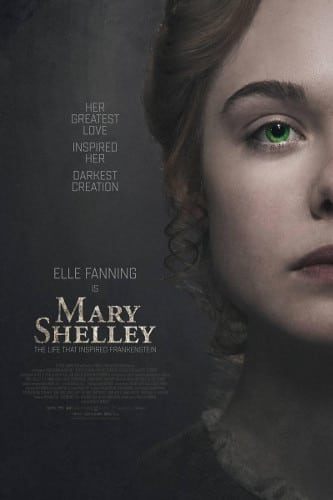
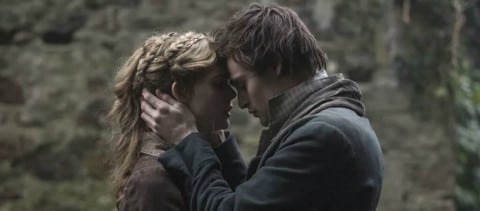
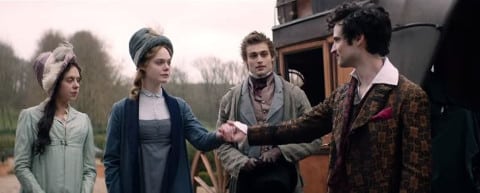


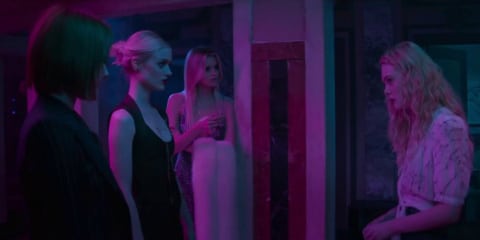
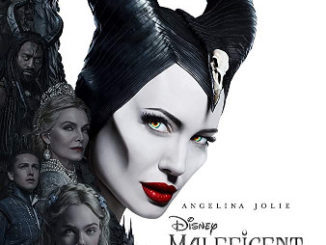
Be the first to comment